For many people, a trip to Hawaii is a time to just chill out in the warm sunshine and lie on the sand, staring off into the cerulean ocean. That’s one reason many people head to the Kailua-Kona coast of the Island of Hawaii, as it’s the driest and warmest spot of all the Hawaiian islands. But to spend your entire vacation on the Kailua-Kona coast, a place filled with resorts, would be a shame. You’d miss what makes the Island of Hawaii magical, and you’d be passing up on some incredible experiences you can have elsewhere. Here are some of our favorites.


On Hawaii Island, the Real Adventure Is Far From the Kailua-Kona Coast
Walk to a plunging waterfall or trek to the state’s highest peak
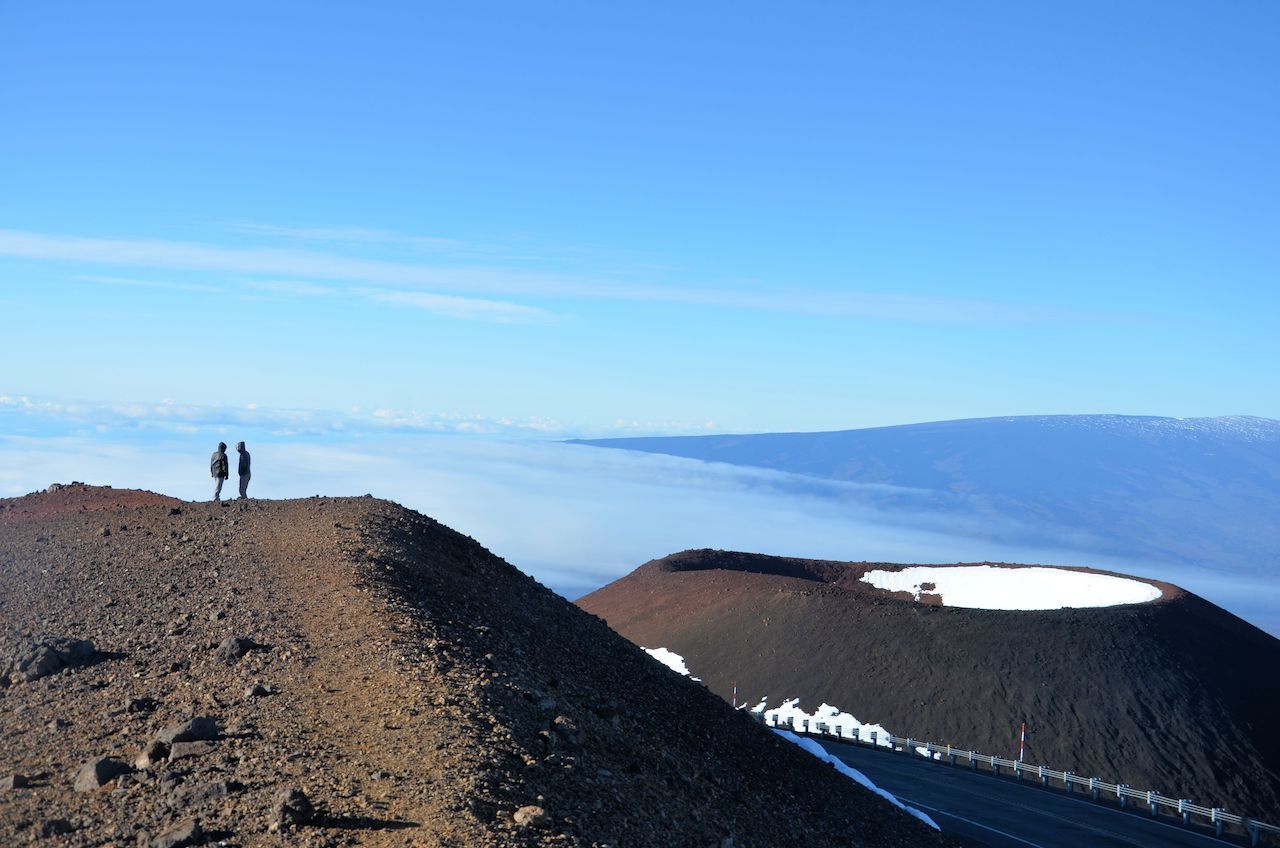
Photo: Aga Monka/Shutterstock
The hiking options on Hawaii Island are seemingly endless. And while there are plenty of wonderful hikes on the Kona-Kohala coast, you’d be missing some spectacular sights if you didn’t venture farther. The half-mile loop to gaze at the 442-foot ‘Akaka Falls in the state park of the same name, just north of Hilo, is an option for even the youngest hikers. At the opposite end of the difficulty spectrum is the ascent of Maunakea (which some may know as Mauna Kea). Although the six-mile climb (12 miles round-trip) isn’t technically demanding, it requires stamina and pacing. The state discourages hiking all the way to the 13,803-foot summit, so stop instead at the Maunakea Visitor Information Station, located at 9,200 feet. Be sure you check the summit weather forecast before heading out. Beyond avoiding getting caught in a snow flurry, you want to be sure you’ll actually have mind-blowing views when you get there.
Mountain bike in the upcountry
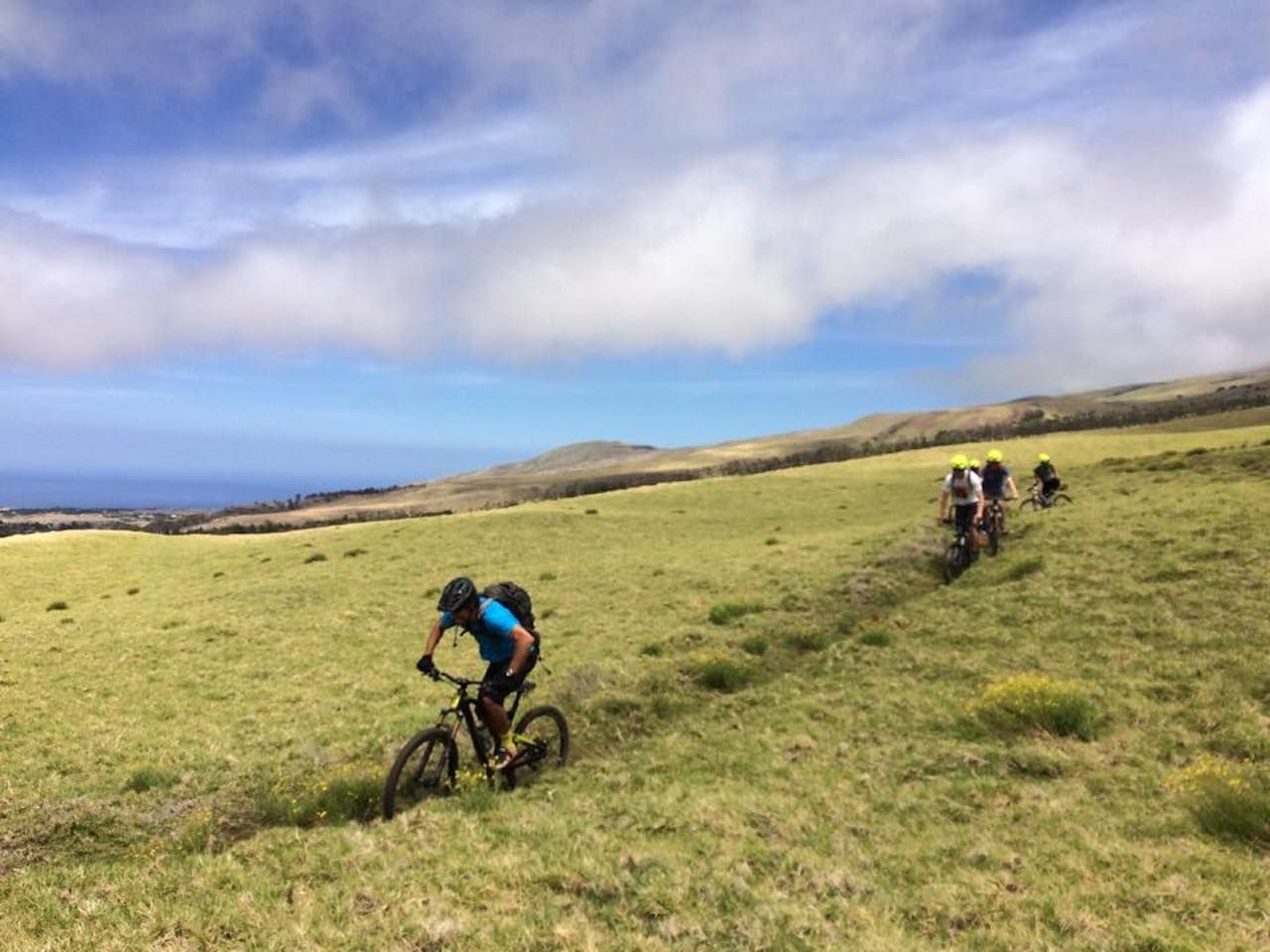
Photo: Big Island Bike Tours/Facebook
The Kalopa Trails in Honokaa, in the northwest corner of the island, are considered some of the best single-track trails in the Hawaiin archipelago. They’re well-maintained while at the same time natural elements like exposed roots are left in place, making for intense technical riding. For a less demanding mountain biking outing, look to the folks at Big Island Bike Tours. One of the best rides is through Anna Ranch, which celebrates the first Hawaiian Cowgirl. This three-hour morning tour in the island’s hilly and cool cattle country takes you up 1,200 feet to a vista point where you can enjoy a snack and learn more about the island’s ranching history. The $189 tour, which includes bike rental, snack, guide, and anything else you may need, is a great way to explore this side of the island. And if you aren’t quite in biking shape, electric mountain bikes are also an option.
Road bike across a desolate lava landscape

Photo: Tara Kenny/Shutterstock
As the archipelago’s biggest island, Hawaii has plenty of highway real estate to explore on a road bike. One popular spot is the winding, four-mile Old Mamalahoa Highway north of Hilo, which takes you through the rainforest and includes an overlook with views towards Maui. The road is paved but a bit patchy in spots, so bring your tire repair kit. You can rent road bikes (or mountain bikes if you prefer) for $35 per day from Mid Pacific Wheels LLC in Hilo.
Another excellent road biking option is through the lava fields created by the Kilauea Volcano. Paved paths mean a road bike will work for you. If you prefer to go with a guiding service that will provide bikes (in this case hybrid or mountain bikes) but will keep you on paved roads, provide lunch, and fill out the experience with information about the volcano, then try the experts at Volcano Bike Tours. Their five-hour tour is $155 per person.
Horseback riding though Hawaii’s ranchlands
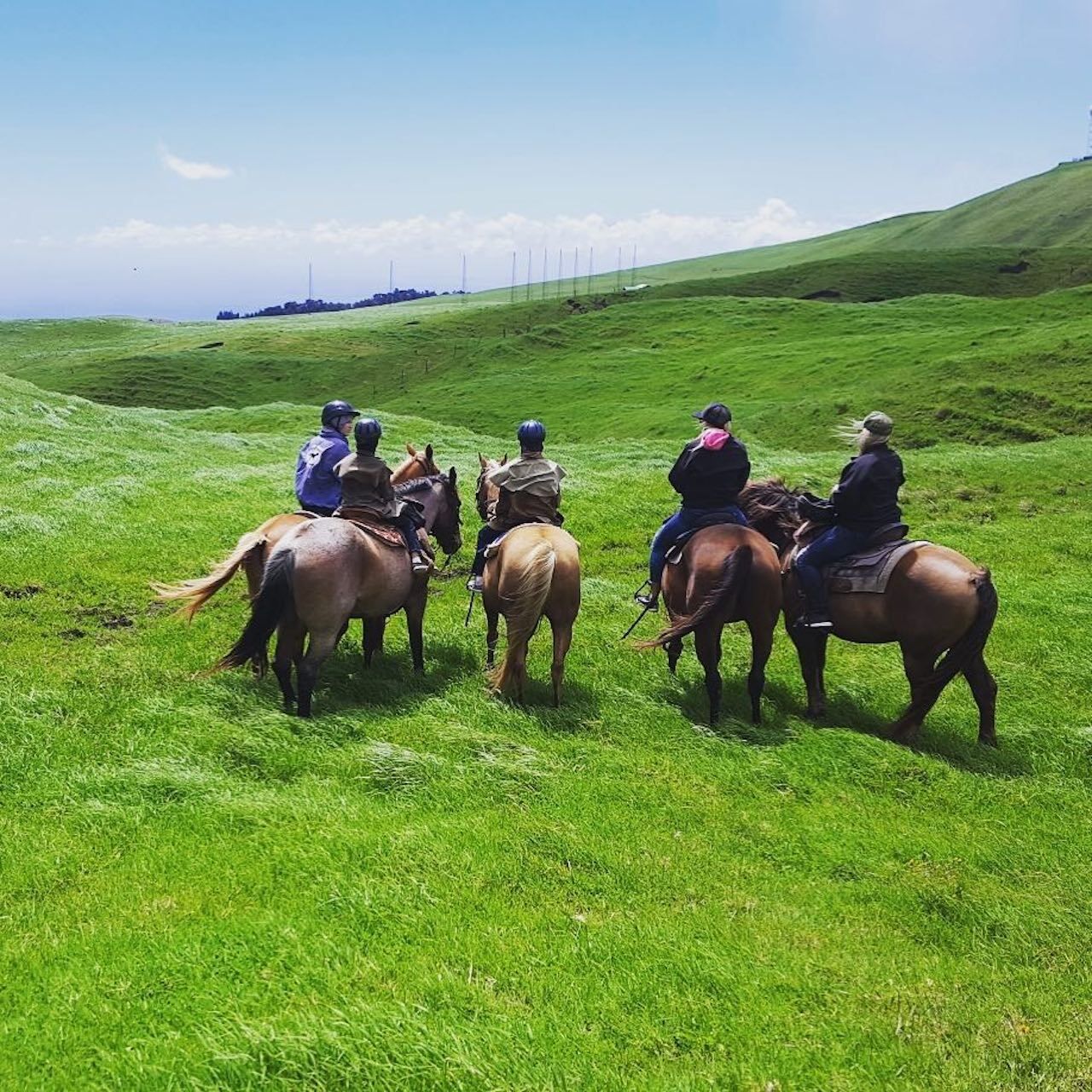
Photo: Na‘alapa Stables/Facebook
Given the Big Island’s thriving cowboy culture, there are plenty of stables offering stunning island tours on horseback. Among them are the Na‘alapa Stables, located on a 12,000-acre working cattle ranch in Kohala with views out over the Pacific. You can take a shorter 1.5-hour tour of the ranch or a longer 2.5-hour tour of the Waipi’o Valley — which is $114 for adults. Paniolo Adventures, on an 11,000-acre ranch on the north end of the island, offers 2.5-hour rides for $99. Its 1.5-hour, $89 sunset ride takes you up to 3,000 feet and gives you a view you’ll not soon forget.
Birdwatch with experts
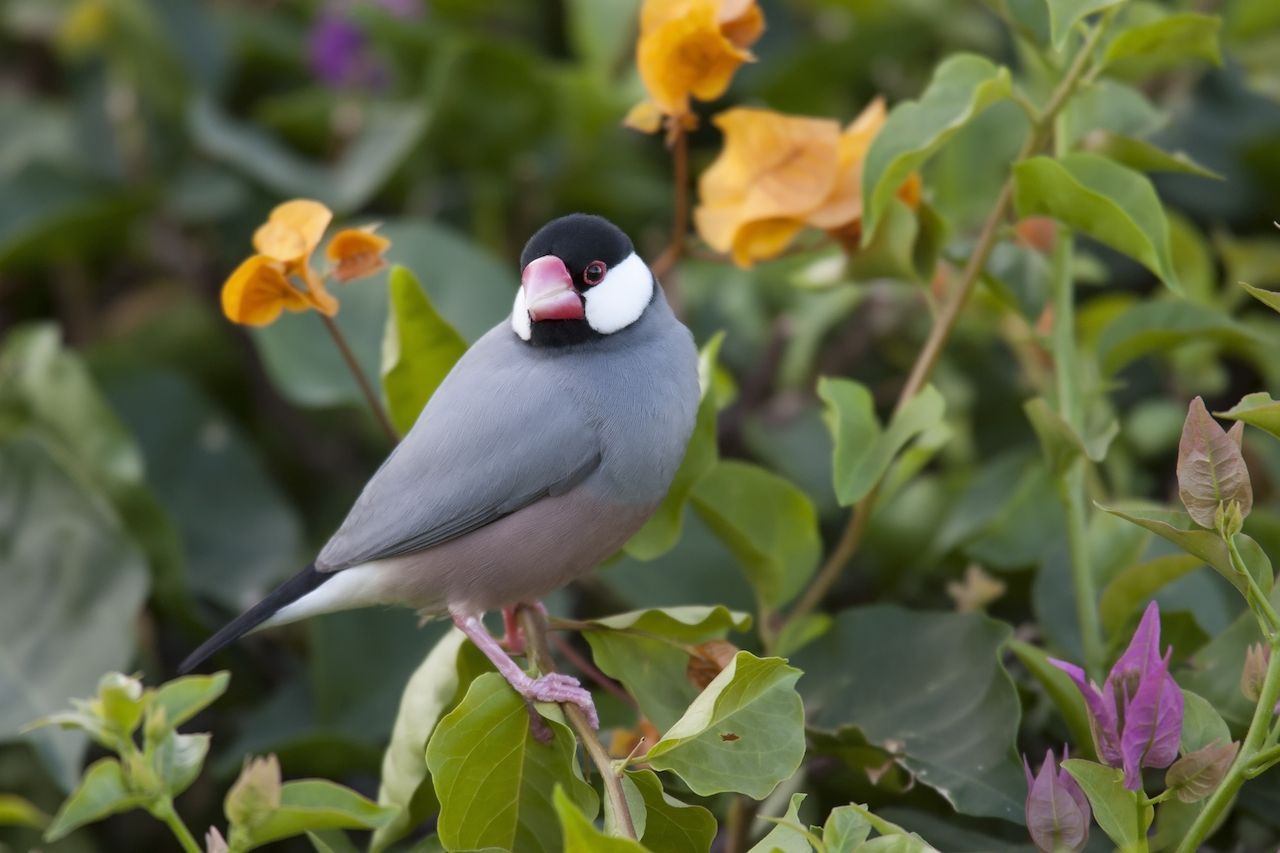
Photo: Stubblefield Photography/Shutterstock
Normally, we’d be cautious about shelling out $215 per person for a tour. But this one is the real deal, taking you out for the entire day. Including travel time, it’s a 12-hour excursion. We decided to include it here because a lot more people discovered the joys of bird-watching during the pandemic, and Hawaii is one of the most remarkable places to bird-watch in the country. When you go with Hawaii Forest and Trail, you have guides who are dedicated to preserving this beautiful land and to sharing its treasure with others. The tour takes you into a restricted area of the National Wildlife Refuge, where, in addition to spotting some of Hawaii’s rare and endangered avians, you’ll see spiders with fascinating designs and caterpillars that eat insects.
Tour a coffee farm
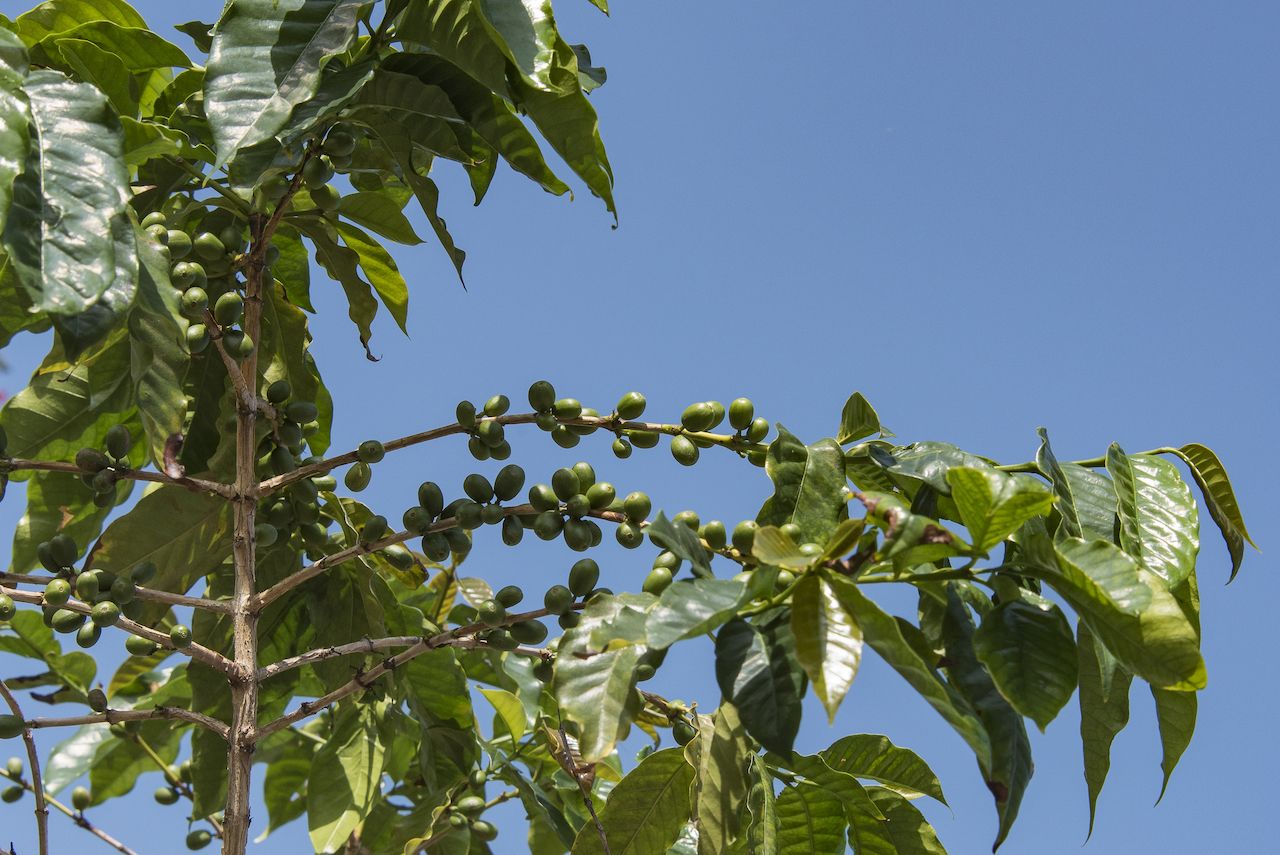
Photo: Norimoto/Shutterstock
This option will actually keep you close to Kona, but it will explain why Kona coffee has earned this name. It’s in the foothills above the Kona coast that this distinctive Hawaii bean was first planted and harvested. The area has more than a dozen coffee farms you could tour, ending your visit there with a nice hot cup of java. The best known of these is the Kona Coffee Living History Farm, which gives you a closer look at the century-old history of coffee farming in Hawaii, but there’s a fee to visit. Hula Daddy offers private tours at $100 per group; considering that year after year they rake in awards for their coffee, it might be worth it.
Plant a native tree
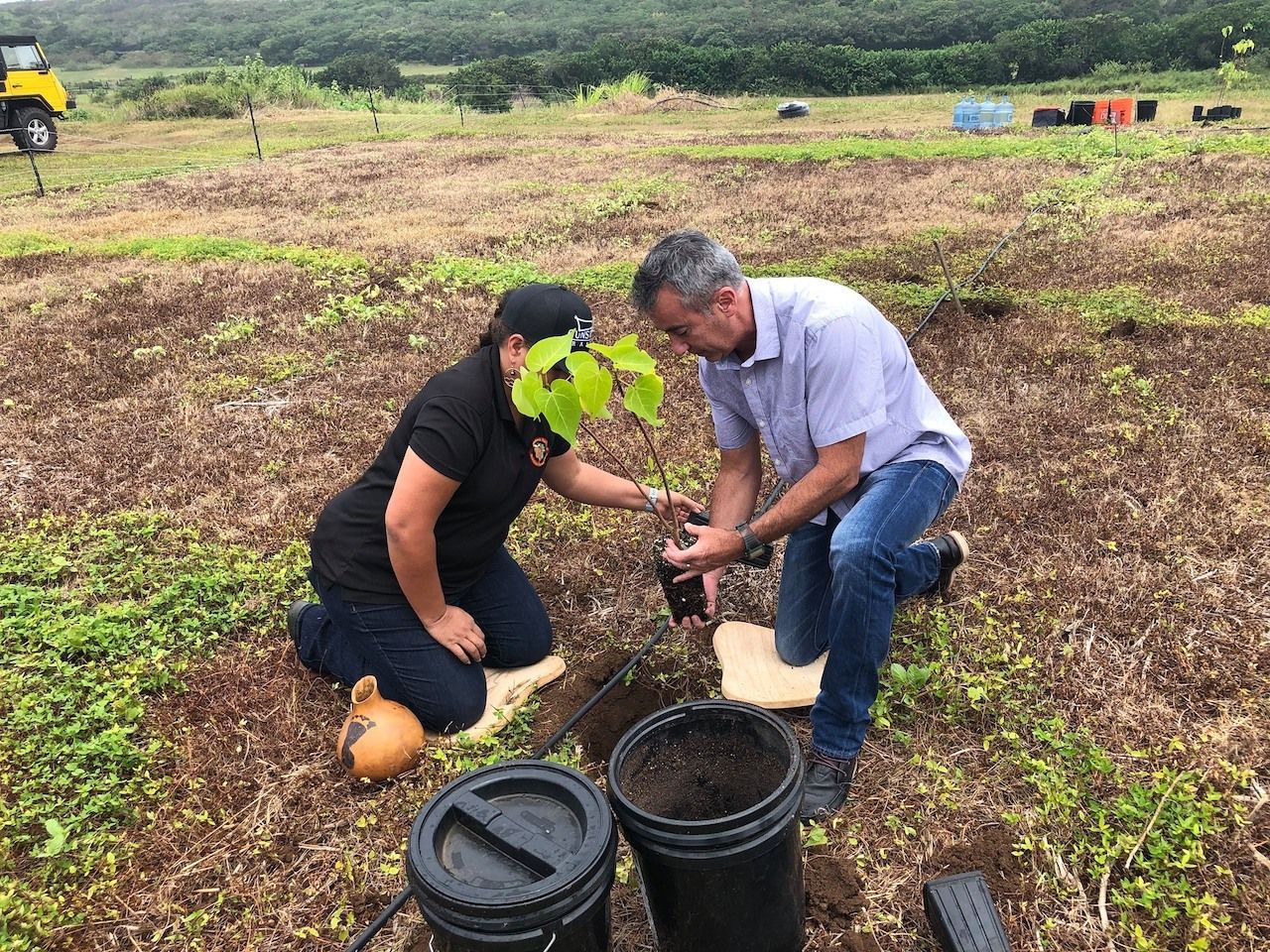
Photo: Hawaiian Legacy Reforestation Initiative/Facebook
The Hawaii Tourism Authority has used the break in travel as a reset to consider the health and well-being of the islands as it welcomes travelers back. It invites visitors to “malama,” which is taking care of the islands, the planet, and one another. You could pay to donate to have someone else plant a tree through Hawaii Legacy Forest, or you could do it yourself through Hawaii Legacy Tours. They will pick you up wherever you are for a fee that depends on the distance, and take you to Umikoa on the northwest side of the island — starting the official tour at a height of 2,500. The tour may be on foot or in four-wheel-drive vehicles. Access to the area is restricted, so once you’ve learned about the area’s native plants and carefully put your seed into the ground, you might not be able to go back and visit on your own. But you’ll get an individual RFID code to track “your” tree’s progress.